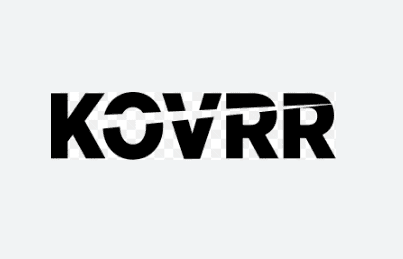
Kovrr, the leading global provider of on-demand cyber risk quantification (CRQ) solutions, unveiled a novel approach to modeling the impact of cybersecurity controls on an organization’s cyber risk exposure. A new report published today offers insights into the new methodology that standardizes the means by which cybersecurity controls from diverse frameworks are evaluated, providing organizations with actionable, accurate insights into risk reduction initiatives and enabling more informed decision-making for security investments.
Organizations increasingly rely on widely-known cybersecurity frameworks such as ISO 27001, CIS, and NIST CSF to shape and measure their security strategies. However, inconsistencies in definitions and attack technique mapping have posed obstacles to the strategization process, leaving Chief Information Security Officers (CISOs) to subjectively determine which risk reduction measures effectively reduce exposure, creating space for vulnerabilities to creep through.
Kovrr’s new modeling approach bridges these gaps, providing a unified methodology that allows cybersecurity leaders to feel more confident in their risk-based prioritizations for the upcoming year.
A Unified Framework for Control Impact Analysis
The Quantifying Cybersecurity Control Impacts report outlines Kovrr’s standardized process for aligning security controls across various frameworks and assessing how they mitigate specific adversarial techniques and behaviors. Leveraging the NIST 800-53 cybersecurity control catalog as a common base, Kovrr then maps controls to the types of attack techniques they are designed to prevent according to the MITRE ATT&CK framework, creating a consistent measurement system.
“Enterprises have long expressed the challenges they face capturing control impact when quantifying their cyber risk,” said Yakir Golan, Kovrr CEO. “Our latest modeling update provides clarity and actionable insights, enabling them to more confidently prioritize their security upgrades while aligning efforts with measure risk reduction outcomes.”
Tying Cybersecurity Controls to Real-World Impact
The report highlights Kovrr’s innovative three-stage methodology for standardizing the quantification of cybersecurity control impacts, specifically accounting for the tangible effects of real-world scenarios.
Stage 1: Controls from various cybersecurity frameworks such as ISO, CIS, and NIST CSF are mapped to a common security control catalog, the NIST 800-53, which was originally designed for government use but is increasingly being leveraged by enterprises as the common base. Instead of relying on internal assumptions or unstandardized expert insights, Kovrr instead harnesses guidance from NIST IR 8477.
Stage 2: Controls are linked to attack techniques as categorized by the MITRE ATT&CK framework, which groups these techniques into different adversarial tactics. Kovrr then groups these techniques further into three phases of attack – Initial Access, Network Propagation, and Action on Objective – focusing on them as they are considered the ‘active’ phases.
Stage 3: Control effectiveness is adjusted to account for non-covered techniques, undocumented techniques, such as zero-day vulnerabilities and unknown gaps – which have resulted in events like the 2023 MOVEit breach – tool design and usage limitations, and potential misconfigurations. These calibrations ensure an accurate reflection of the practical impact controls have on mitigating cyber risk in the real world.
To make Kovrr’s standardized control mapping applicable and actionable, the security control impact quantification also takes into account whether specific controls are implemented within the company infrastructure, the likelihood and frequency of adversarial techniques to adjust for the volume and type of attacks, and the company’s unique exposure to potential damages.
Implications for Cybersecurity Decision-Makers
In 2025, as they face budgetary constraints and increasing pressure from senior stakeholders, cybersecurity leaders need an objective, data-driven means of capturing the impact of their security control upgrades. Kovrr’s new cyber risk modeling approach directly addresses this challenge by introducing a standardized methodology that aligns technical controls with measure risk reduction outcomes, enabling cyber risk management to make more informed, strategic decisions.
Moreover, this innovative approach helps to bridge the long-standing gap between technical cybersecurity measures and executive-level priorities by shifting the focus away from subjective impact assumptions to objective, actionable intelligence. “By mapping cybersecurity frameworks to a singular control catalog and linking them to real-world adversarial techniques,” added Golan, “Kovrr is actively working to provide organizations with a clearer understanding of how their cybersecurity investments translate into operational financial resilience.”
For full access to the Quantifying Cybersecurity Control Impacts report, please visit www.kovrr.com/reports/quantifying-cybersecurity-control-impacts.
About Kovrr:
Kovrr’s cyber risk quantification platform empowers enterprise decision-makers to manage cyber exposure more effectively by providing an in-depth risk analysis that drives actionable, financially justified decisions. For more information, please visit www.kovrr.com or follow us on Twitter or LinkedIn.






















